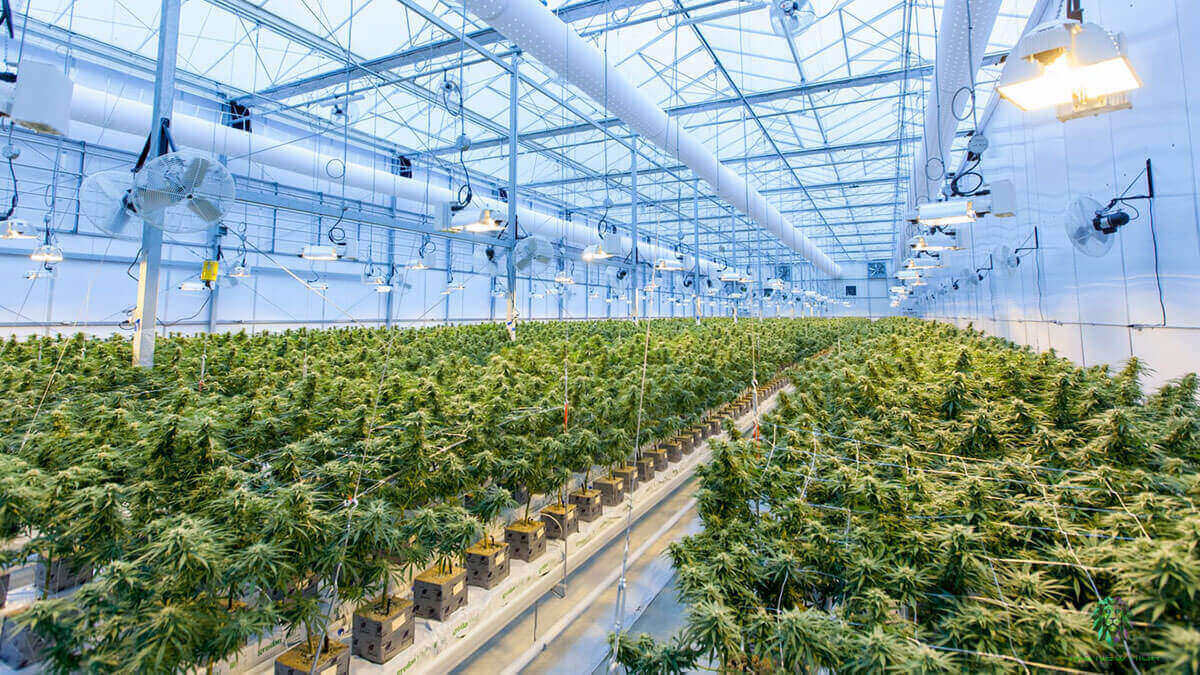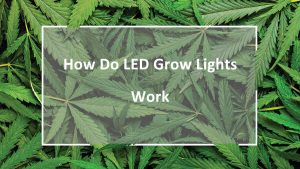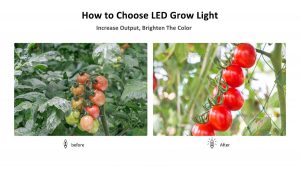What is the commercial led grow lights
Commercial plant lamps are used exclusively to illuminate plants, providing the red and blue wavelengths of light that plants need for photosynthesis. The effective wavelength of photosynthesis is the wavelength of red and blue light, other colors of light plants do not absorb, so only to provide plant photosynthesis effective light can maximize the use of energy to meet plant growth needs. In the sunshine can not meet the indoor, greenhouse, plant factory use. It is also used when additional light is needed to stimulate plant growth and regulate the state and timing of flowering.
What lights do commercial growers use
There are fluorescent lamps, HID lamps and LED lamps available in the market. It is recommended to choose LED lamps for any purpose. This is mainly because, compared to traditional plant lamps, led plant lamp has the following advantages: high light efficiency (energy saving), broad-spectrum coverage (easy to get monochrome or full spectrum), light intensity spectrum adjustable, long life, less heat (can be short-range lighting, saving planting space), lamps and lanterns form diversity (can meet the needs of different application scenarios), the use of high security.
For example, in our growing experiment, it took 45 days for vegetables to mature in the natural environment, and it took 30 days to grow into a 45 day effect using LED fill lights.
Another example: At present, there are many HID lamps used in greenhouses, but HID lamps are not as efficient as LED lamps. Although HID lamps are much cheaper, power consumption is the biggest cost of supplementary lighting. According to the comparison of 600W LEDs and 1000 WHPS (HPS is a kind of HID lamp), the light quantum number of the two kinds of lamps is almost the same, but the electricity cost can save about 1400 dollars a year, and the life of a qualified LED lamp is 50000h, the high-pressure sodium lamp has a life span of only 3000h.
In addition, before purchasing the plant fill lamp, we need to understand some of the lamp parameters, including Lamp Power (related to filling light effect, energy consumption cost), spectrum (affect fill light effect), style, size, lamp material, weight and light source type (related to lamp life), etc.
If you are a professional agricultural grower, it is important to understand the needs of the plants before buying a fill lamp!
1. What plants do you want to add light to? Because different plants have different requirements on light intensity and spectrum, which affects the choice of fill lamp power and spectrum customization
Spectrum customization: The spectrum of an artificial light source is carefully designed according to the needs of plant growth, professional plant fill light will be customized according to the needs of different crops at different stages of growth, the spectrum can significantly affect the fill light effect.
2. Fill the area and layout of the light area, which not only affects the choice of lamp power but also involves the selection of Lamp Size, style;
3. The space environment, such as the lighting conditions in the area, shading conditions, lamp hanging height and so on, provides a reference for the choice of lamp material (for example, whether anti-UV), light source type (hot or cold light source) and hanging load;
4. Light compensation cost estimate and so on. The plant lighting market combines the physiological characteristics of plants with the lighting fixtures. The products are different but the quality is also uneven. While considering the effect of light compensation, also take into account the issue of lighting safety certification, lighting warranty and after-sales service, professional issues to the professional, let the professional people speak with data.
Can you recommend some good brands/models of commercial led grow lights?
At present, FY Lamps and lanterns products have the following advantages, you can choose the plant light of the first choice.
- More professional spectrum, which means better variety quality, shorter planting cycle, higher yield, more active ingredient content, and more energy-saving;
- High light efficiency
- Efficient heat dissipation
- Good Optical uniformity, no glare;
- High optical efficiency;
- Good protection.

More grow lights series, you can visit




